Behind-the-Scenes with Angela’s Christmas Director Damien O’Connor
- Behind the Scenes
- Kids & Families
- Posted by Anahita Tabarsi on November 28 2018
Share Tweet
Our animated holiday special, Angela's Christmas, will make its global premiere as a Netflix Original this Friday, 30 November! So, we thought as a prelude we'd go behind-the-scenes and chat to Angela's Christmas director Damien O'Connor about his experience in bringing it to the screen!

Angela’s Christmas is based on Pulitzer Prize winning author Frank McCourt’s only children’s story, from a story his mother Angela told him as a child. What was it like to work on a property from such a renowned Irish author?
The book is a true story that Frank’s mother (Angela) used to tell him when he was a child. Initially, it was a little daunting to turn the book into the film, but we had Frank’s widow Ellen McCourt on hand to guide us which was amazing, if we strayed too far from Frank’s voice when writing the dialogue she would let us know.
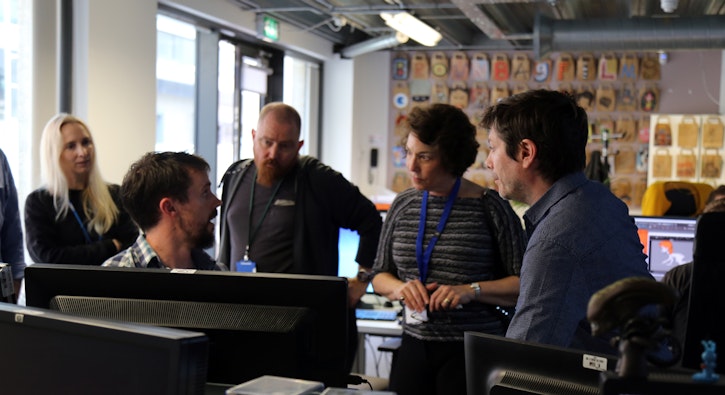
We also have Frank’s brother Malachy as narrator, Angela used to also tell Malachy the story when he was a child, so that was another voice who could steer us.
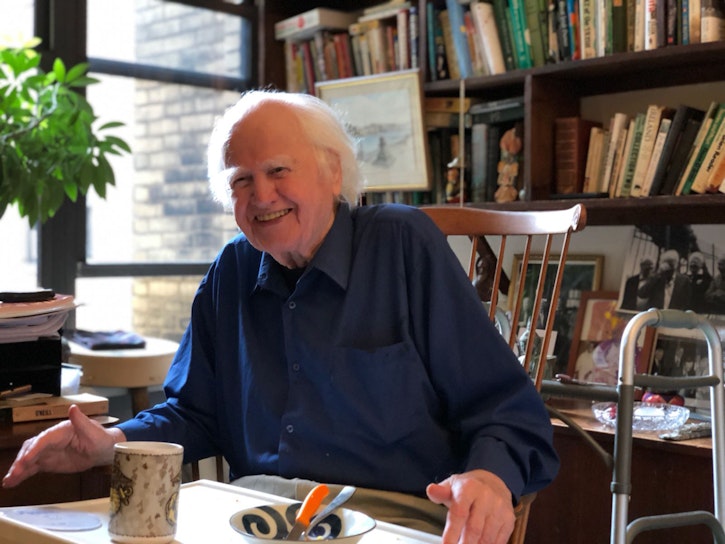
You co-wrote the screenplay with writer Will Collins, can you tell us a bit about that and the process of adapting the story for today’s generation?
The book is relatively short so we worked a lot on getting it to function as a half hour film. The first thing we worked on was the theme, the plot was clear (Angela steals the baby Jesus to keep it warm) but the film needed a strong theme to allow it expand into 30 minutes.
The story is ultimately about family with warmth representing love. That connected into everything - visually you have the blue and gold in almost every shot with gold representing love. As Angela moves through the story she moves from the cold blues into the warmth, eventually ending up fully basked in the gold heat of the family fire.
Once you have the theme then you have a clear path for the writing, if a scene was not working in the script it was usually because we strayed from the theme.
Tell us a little bit about how you started your career. Did you always want to become a director?
I remember watching Buck Rogers in the 21st Century when I was about 6 and getting upset because the battle spaceships were white, why didn’t they camouflage them for space by painting them black with white dots? So I guess that was the start of it.
As for my career I left school very young with no qualifications, talked my way into college to study 2D animation, made a few shorts with Irish Film Board grants but could not get a job in an animation studio. Out of frustration I went to Angola in West Africa which was then officially classed as the worst place on earth, to make a self financed documentary about landmines. I learnt how to edit, to help finish the documentary, and ended up getting a job filming horse racing for live TV.
Animation moved into computers and away from my 2D skill set so I was about to give up and devote my life to horse racing (which I have no interest in) when Brown Bag got in touch - they heard I was a 2D animator who could also edit and I got a job as an junior assistant editor. I was thirty six years old at the time … so thirty years after I got annoyed at Buck Roger’s ill judged color choices I finally got a foot in the door.
What was the process like for creating the animated character of Angela? When did you know you had the one?
I knew we had the one when I wanted to show everybody the design. There is a giddy excitement when something is working … it can take a long time to get there but without that excitement you know something is still not quite right.
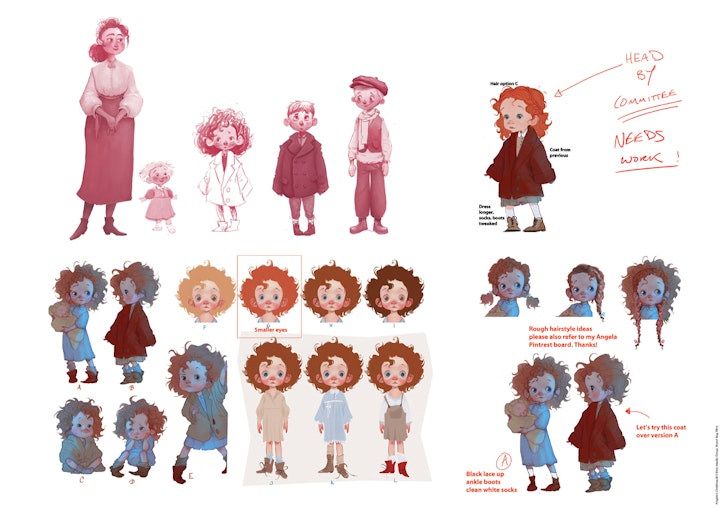

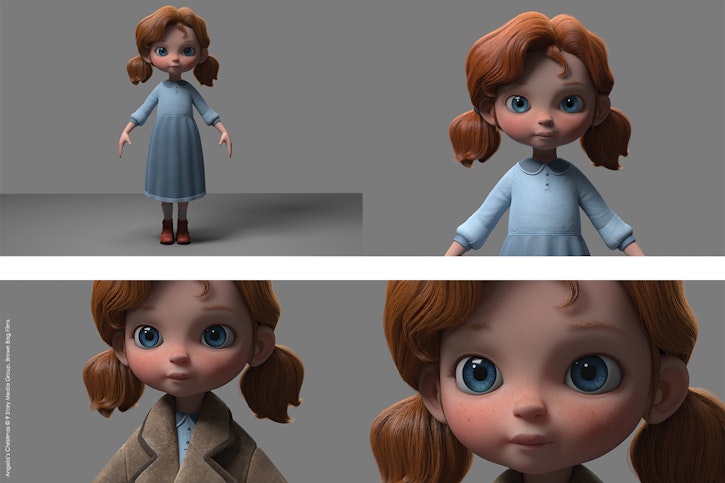
What are the ‘no, no’s’ when you design a character for animation? Are there any common mistakes that can be made?
Not listening to the experts around you is a big mistake. I am extremely lucky to work with a fantastic team of very talented people, so if someone tells me an eyebrow or an ear is wrong, that eyebrow or ear is very likely wrong!
I guess the biggest mistake is progressing with a design that you are not 100% sure about. There are also loads of practical considerations, do you go with sculpted hair or groomed hair, cloth dynamics, sub surface scattering etc. All these choices can impact production so you have to weigh up aesthetics against all the other considerations.
The setting of Limerick plays a huge part in the short film, can you tell us a little bit about what was involved in capturing the Limerick city of the 1910s?
The art director Alfred Llupia is Spanish, so he had a great eye for seeing the unusual in the usual, the stuff we take for granted living in Ireland he saw with fresh eyes. How damp rises up walls, how moss grows in our rooftops, how we need to dry socks in front of fires.
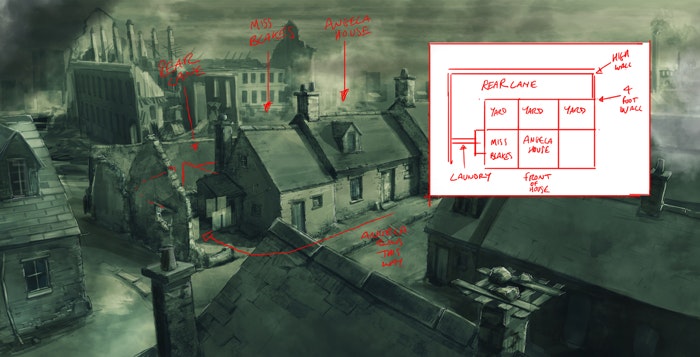
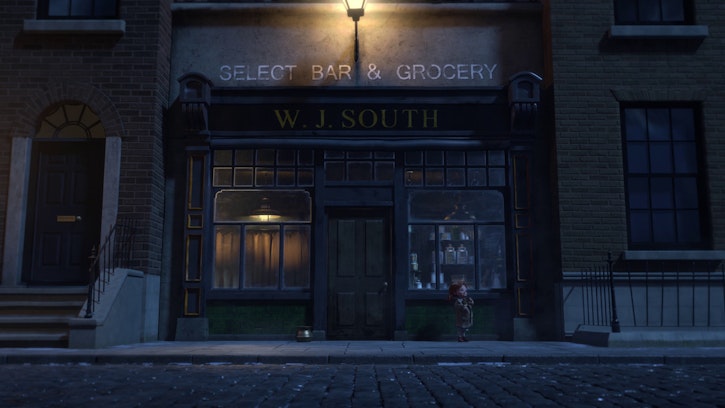

Together we researched a lot of photographs and chose real locations that appealed. We visited the city and the same real life locations and got a lot of help and advice from The Frank McCourt Museum. The barracks feature as Angela’s childhood home was situated in front of them.
Malachy sent us photos, you can see some of them framed in the family house in the film (a photo of Malachy himself is framed on the stairs).
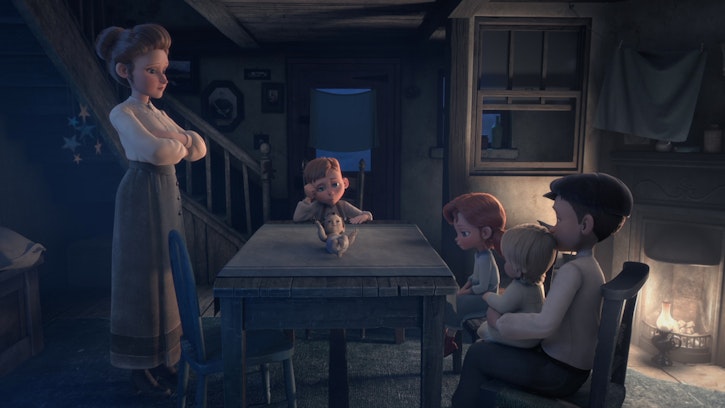
Limerick is still a very beautiful city. More people should go there.
What were the biggest challenges you faced in making the film?
Time. The schedule. We had 13 months to go from 1st draft script to finished film, an insanely short amount of time. We were re-writing up until May while in full production so it was all very fluid, so much so we ended up with over 160 edits of the animatic. We had a brilliant team though, everyone really dived in to get it done.
What’s your favourite detail in Angela’s Christmas?
That’s a tough one. Lucy O’Connell’s acting makes me smile, all the kids performances do, especially during the moments where I remember how we got a take.
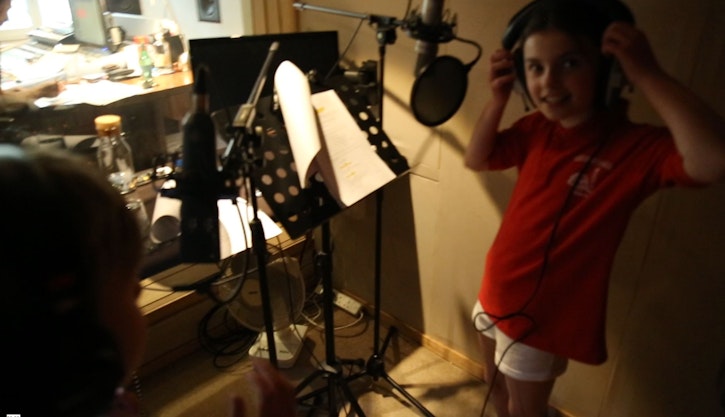
Malachy’s narration. Darren Hendley’s music, Dolores singing. My background in editing means there are two cuts in the film that I get all giddy about… I suspect no one even really notices them (which I guess is the way it should be). One is where we cut from a closed door to the barracks and one where the mother blows out the match and we cut to Angela.
Really though I am just very happy that the film ended up being the film we wanted to make from the outset - you are spinning all these plates with all these variables impacting every decision - the fact the team pulled it off is the thing I am proudest about.
Angela’s Christmas is your second short with Brown Bag but your fifth short overall, what are the best lessons you’ve learnt along the way? And any plans for another short on the horizon?
Shorts are brilliant for teaching you how to get the most with the least. Making things shorter is hard, hence the expression ‘I would have written a shorter letter if I had more time’. Editing down every aspect till only the important elements remain. You have to justify every choice and always off set ambition against resources and schedule. By making the right choices you can make a little seem like a lot.
Always approach it from the audience point of view… does an audience care about the technical challenges or the length of time it took to get a shot or do they just want to be entertained and moved. I believe it is always the latter.
I do have another idea for a short, but this time I am determined to fold it into a longer narrative, make it part of an episode rather than a stand alone.
Be sure to catch Angela's Christmas on Netflix this Friday, November 30!
Anahita Tabarsi
Anahita is Brown Bag Films' Marketing Director, Digital & Social and drinks more than five coffees a day...
We Love Animation®
Brown Bag Labs is an exciting online space, brought to you by Brown Bag Films. We share great content for families as well as behind the scenes fun and tutorials from the Brown Bag Films team.



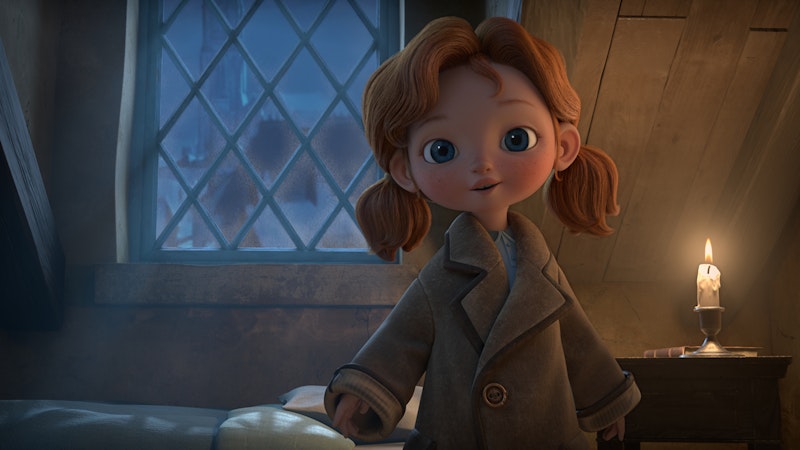
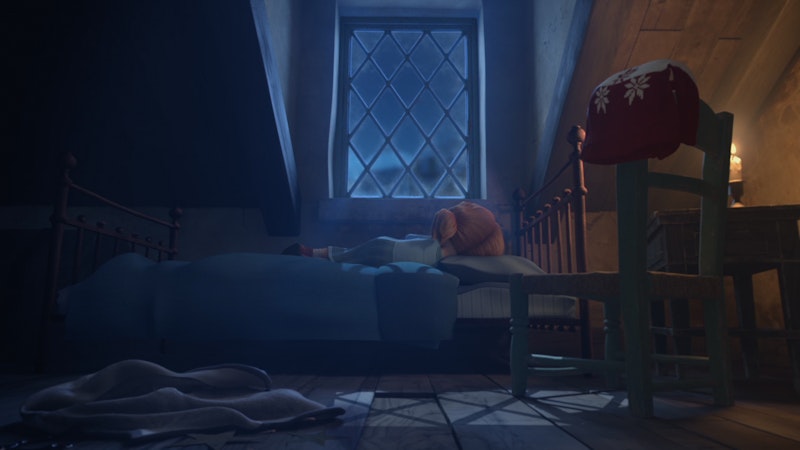
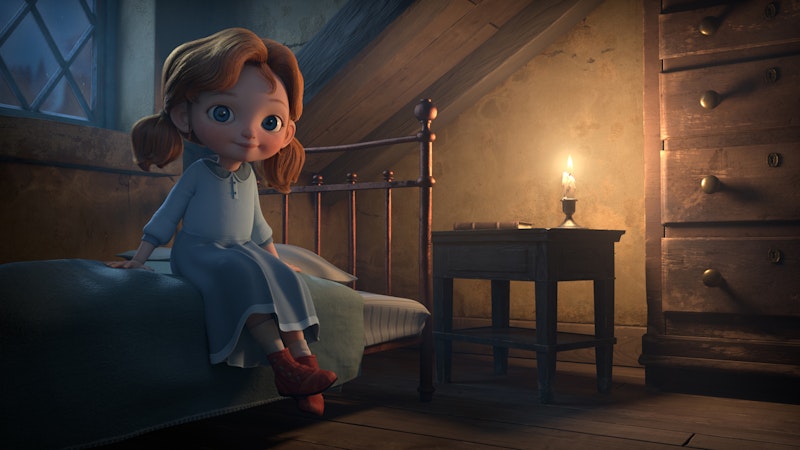
Get our great newsletter!
Get our great newsletter!